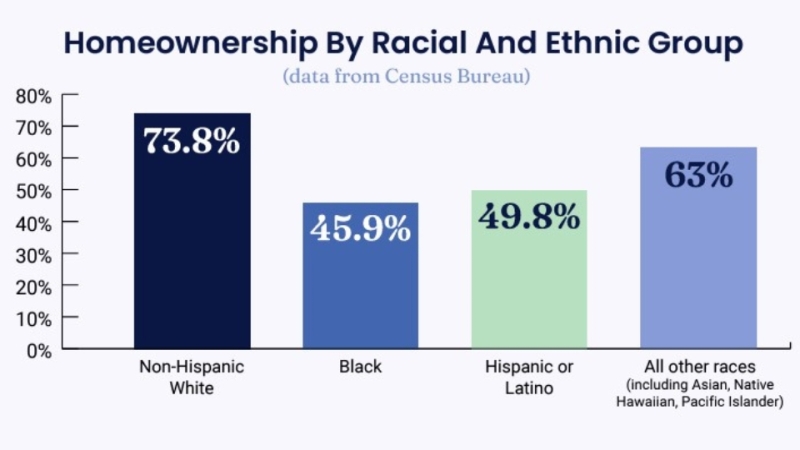Fed Approves Final Rule on Emergency Lending

The Federal Reserve Board has approved a final rule that changes its procedures for emergency lending for financial institutions considered too big to fail.
In announcing the final rule, the central bank noted that the Dodd-Frank Act limited its ability to engage in emergency lending to programs and facilities with “broad-based eligibility” that were established with the approval of the Department of the Treasury. With the final rule, the Fed stated that it has achieved “greater clarity” regarding its emergency lending assistance while noting that it still must find that “unusual and exigent circumstances” exist as a pre-condition to authorizing emergency credit programs.
“In the Dodd-Frank Act, Congress reviewed the scope of the Federal Reserve's emergency lending authority and determined to make significant modifications that enable the Federal Reserve to extend emergency credit only through broad-based facilities and programs designed to provide liquidity to the financial system,” said Federal Reserve Chairwoman Janet Yellen. “The Dodd-Frank Act amendments eliminated the authority to lend for the purpose of aiding a failing firm or preventing a firm from entering bankruptcy or another resolution process, such as was done with loans to Bear Stearns and AIG.
“In place of this authority to lend to specific firms,” Yellen added, “Congress enacted a framework for orderly resolution and provisions that encourage large financial firms to develop plans for their resolution in bankruptcy. These modifications have been in effect since the passage of the Dodd-Frank Act, and would govern any lending pursuant to section 13(3). The ability to engage in emergency lending through broad-based facilities to ensure liquidity in the financial system is a critical tool for responding to broad and unusual market stresses.”





